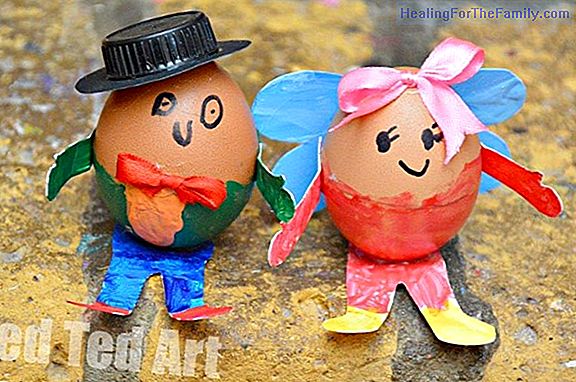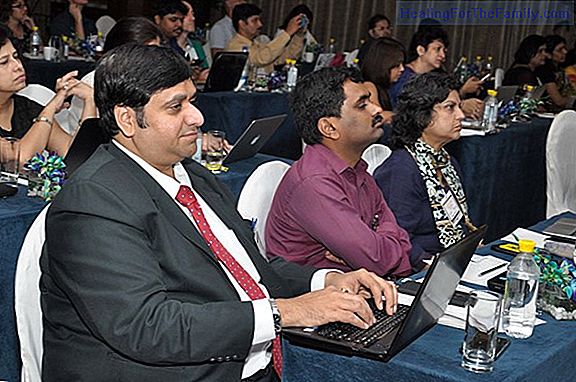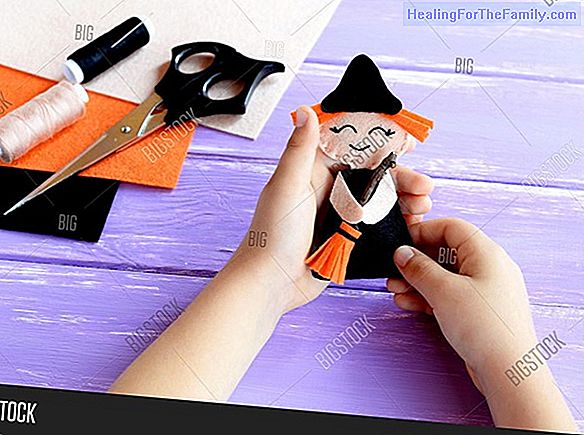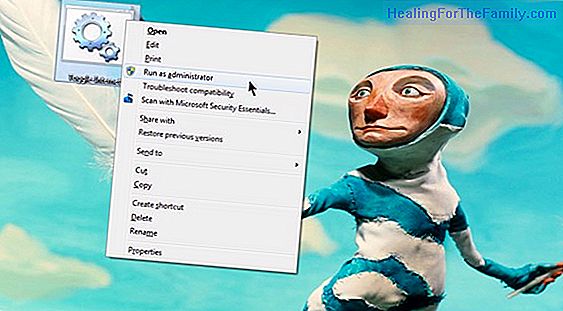Causes and treatment of dysgraphia in children
Some children have difficulties at the time of writing because of dysgraphia. Although dysgraphia is not a major disorder, it is advisable to detect it as soon as possible in order to seek the best treatment and that the child does not suffer from learning problems. We are asking ourselves about the
Some children have difficulties at the time of writing because of dysgraphia. Although dysgraphia is not a major disorder, it is advisable to detect it as soon as possible in order to seek the best treatment and that the child does not suffer from learning problems.
We are asking ourselves about the causes that cause dysgraphia in children and about possible treatments. In any case, the observation of how the child learns to write and is handled in the task by teachers and parents is essential to find a solution on time.
Causes of dysgraphia in children dis Dysgraphia is detected when the child writes slower than usual, when his writing does not have a uniform size, when he leaves unnecessary separations within the same word, when he can not follow the writing line or even when he makes spelling mistakes. Once this problem is detected, it is necessary to look for the causes of dysgraphia.
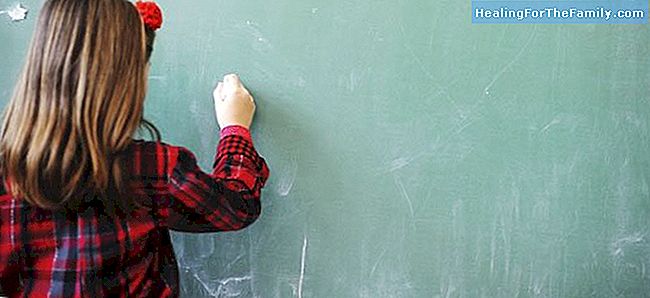
- Neurological causes. Without the need to treat a serious neuronal problem, sometimes dysgraphia occurs as a result of a neuronal deficiency that prevents correctly organize the information
that has saved and therefore can not put it in writing. - Psychomotor causes. Not all children develop psychomotor skills with the same precision. When there is some alteration in this development, some children can not coordinate the movements of the arm and the hand well and that makes them write slower and have learning problems due to the frustration that causes them to slow down.
- Ambidextrous. A special case of dysgraphia occurs in those ambidextrous children or in left-handed children who have been taught to write with the right hand. The order that is developed in the brain and the motor execution of the same do not coincide and that can produce a great confusion at the time of an act such as writing that should be almost instinctive.
Treatment of dysgraphia in children The treatment of dysgraphia in children requires a joint work of professionals and parents . The goal is for the child to recover his motor skills as soon as possible and correct the writing problems to avoid frustration in class and subsequent learning problems. The treatments for dysgraphia cover different fields of action.
- The child with dysgraphia should develop the
manual coordination to correctly execute the movements that the writing requires.- Body posture should also be treated to reduce the problem of dysgraphia, since these children have to adopt
impossible postures . The placement of the body and the paper and teach him not to lower his head too much are fundamental to start doing the exercises. - Professionals should work on improving the child's visual perception with dysgraphia. At the same time,
memory exercises can be done and practice with various manual activities to capture and retain the shape of the letters.- With the motivation of the parents, the child with dysgraphia can practice exercises of
preparation for writing en at home as a kind of warm-up. Picking up the pencil with your fingers and learning how to relax your fingertips will avoid pressure changes on the paper when writing each letter. - We can not lose sight of the fact that in the treatment of any learning problem the game is the best tool for the little ones. The possibilities for the child to learn the letters of the alphabet
and form words in a playful way are almost endless and we must take advantage of them. Laura Vélez. Editor of Guiainfanril.com


